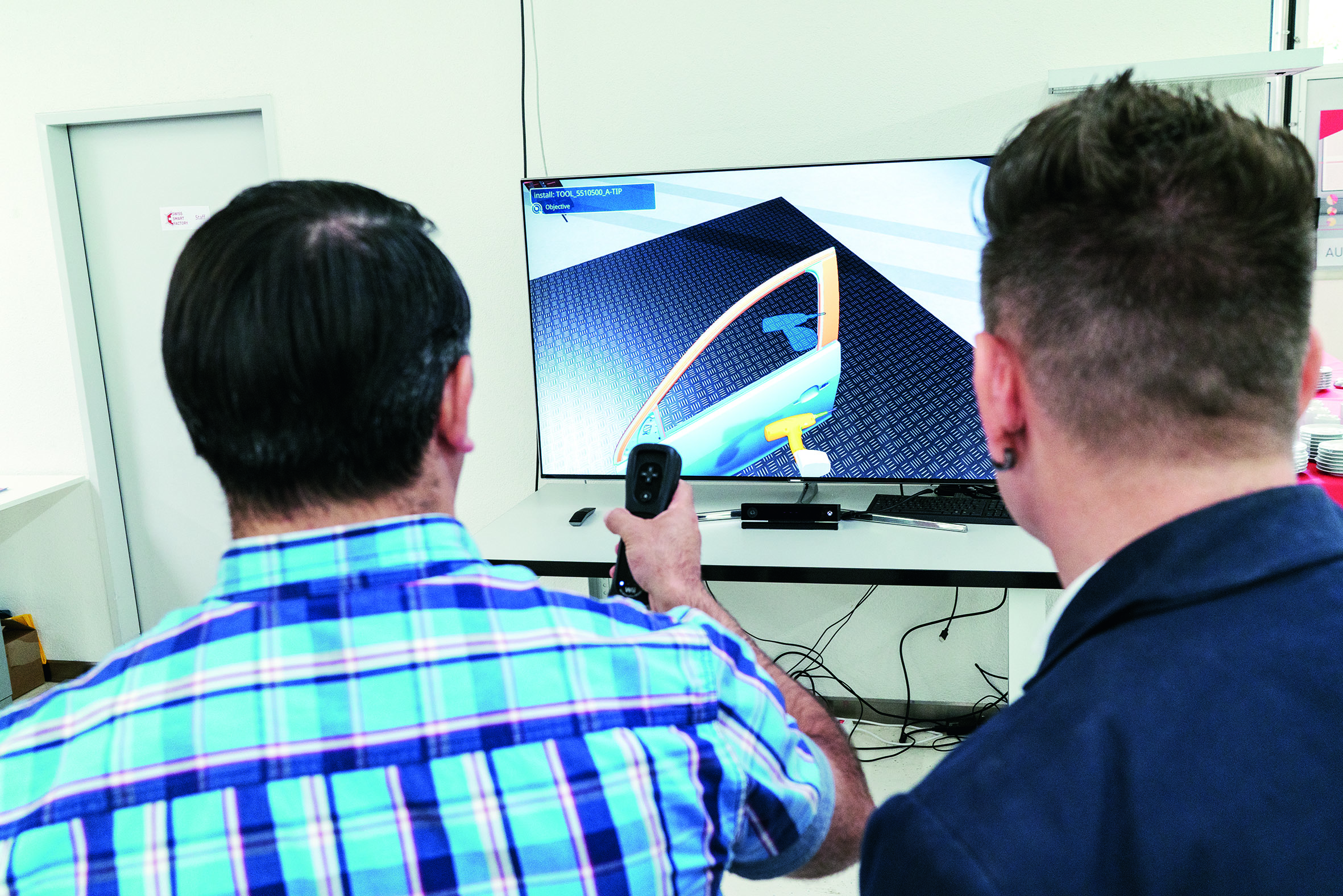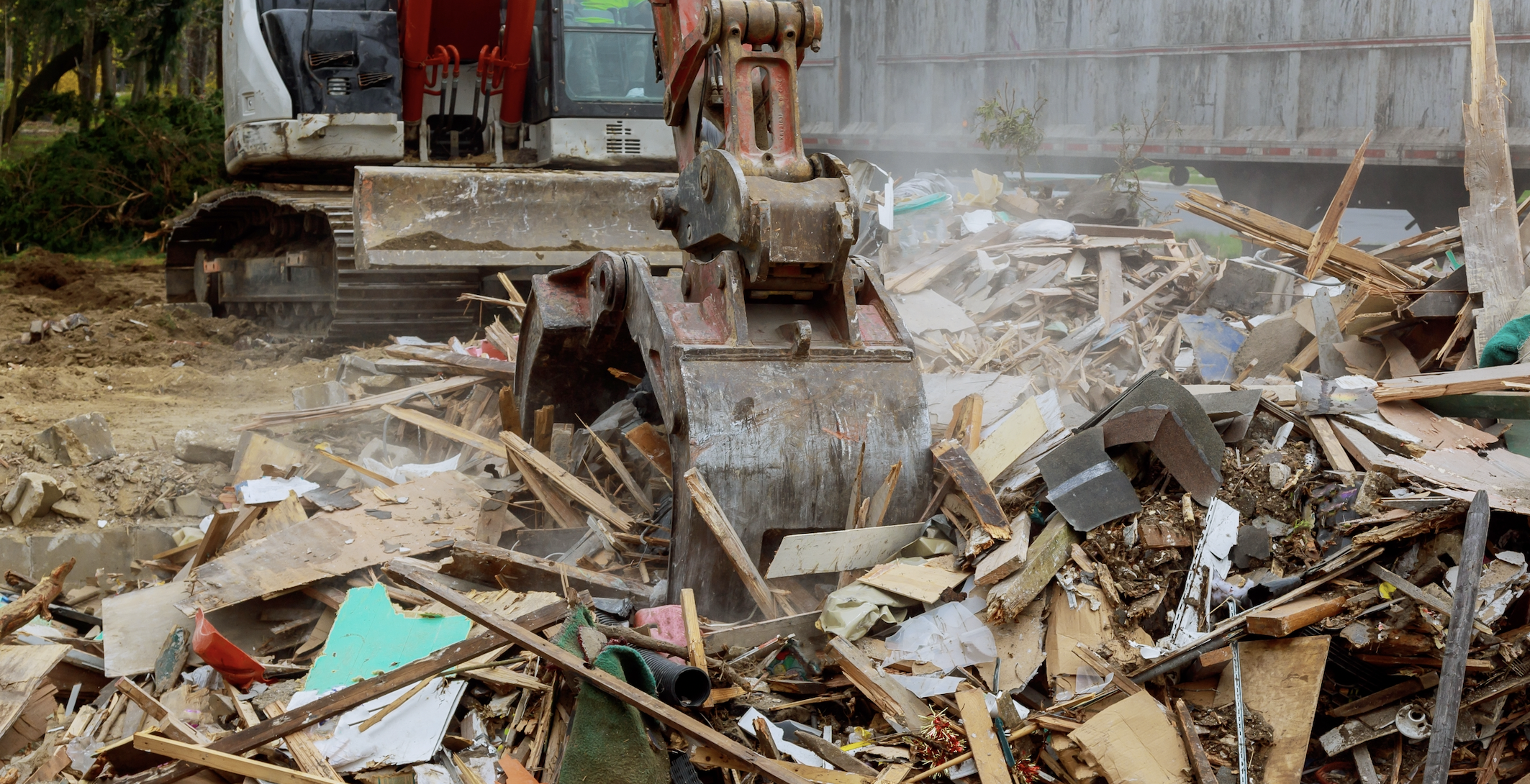Due to successful development of the single-member family business it has grown into the region’s leading logistics group in addition to a series of investments
A single-member family business was established in freight in 1991. With the director’s retirement he handed over the family business to his sons in 2003 and Galambos Trans Ltd. was established. The generational change also brought a change of approach, the owners focused on standing on more legs: the freight transport was expanded with storage and catering, so Galambos Company Group was formed in 2007 and a series of large-scale investments began. By 2019 the company stores and manages its customers’ stock in a total of 23.100 m² with a turnover of 10mio€ and more than 200employees. The CEO is an active member of the Board of the Chamber of Commerce and Industry and the company operates as a training place, providing practical opportunities for educational institutions.
It is crucial for the future that a significant part of the customers is automotive manufacturers (mainly multinationals) or related suppliers, thus with the transformation of the sector the company will face serious problems. At the end of 2019, one of the largest customers cancelled their contract one day to the next, resulting in nearly 100 people’s jobs in jeopardy, warehouses left empty and the car fleet remained unassigned. This situation led to the start of customer diversification, which multiplied the demand for services. The long-term survival should be placed on a more secure basis. The group is preparing a large-scale investment project to create an intermodal service centre in a new site.
Resources needed
• Own sources
• Bank loan
• EU tender supports
* GOP-2009-3.2.1 Development of logistics centres and services – amount of support: 250 million HUF/70 000 EUR
*GOP-2012-2.1.1-12/B Complete enterprise technology development for SMEs – amount of support: 150 million HUF/41 000 EUR
Evidence of success
From private carrier to medium sized company (1991 – 2019):
• Turnover: 3,6 billion HUF/10 million EUR
• Employees: from 1 to 206
• Warehousing capacity: from 0 to 23.100m2
• Truck fleet: from 1 to 55 (2016)
Difficulties encountered
• In the '90 the proximity of the Austrian border was an advantage, but now it is a disadvantage due to skilled drivers go abroad (Austria)
• road transport is in difficulty
• Unpredictable decision-mechanism of multinational clients
• vulnerability of customers in case of sectoral specialization
Potential for learning or transfer
• This example shows that flexible adaptation to the economic environment is the key to success.
• The rational use of available resources, even by supporting the flexibility of a single company - as in this case -, helps the region to adapt to the changed economic circumstances, thereby indirectly supporting economic restructuring
Tags: Business, Competitiveness, Green, Infrastructure, Local, Logistics, Mobility, Multimodal, Rail, SME








